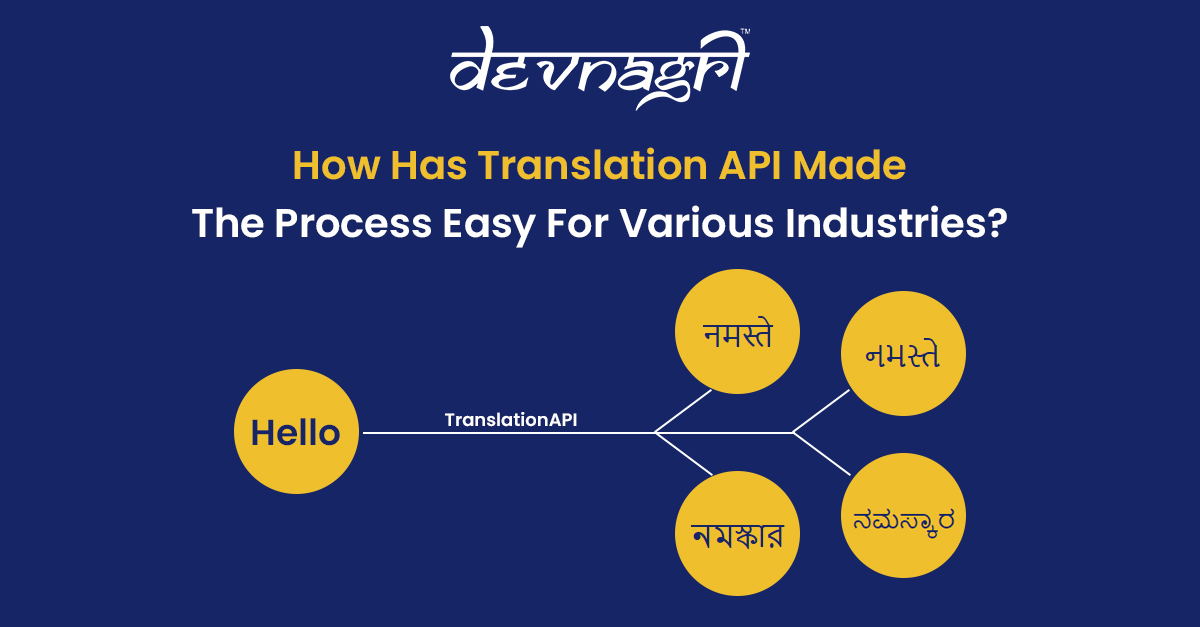
The project manager usually has to spend much time on administrative tasks like checking source materials for updates, creating projects, assigning translators, and downloading and uploading files. This is where translation API comes in handy. It’s a step toward getting access to many features that will make these tasks easier.
You might not have to do projects and all the other work that goes along with them. For example, you can tell an API to send bots to your source site every day to look for changes. When new content is found, it is sent to all your language translation projects. The files are sent to linguists based on how successful they have been with your company in the past. Once they are done, they are reviewed and pushed live. This happens with little help from management, making almost all project management processes automatic.
Also Read: Is Website Localization Important For Edtech Companies In India?
Here are reasons why more industries are investing in translation API to make content that can be read in more than one language.
Improve Translation Efficiency
A free online translation tool makes it possible for anyone to translate. However, the quality is usually not that good, and you do not always have the option to upload your original files directly. This problem can be solved by a business translation API that works with various file formats. That means you will not have to copy and paste from Google Translate back and forth anymore.
Boost Brand Recognition and Consistency
Recent translation statistics on Indian markets show that 75% of consumers prefer to shop on websites in their native language. In other words, the number of people who might buy from you grows when your business assets are easier for more native speakers to use and like. A study even found that ads tailored to a specific area had a higher conversion and click-through rates.
However, brand visibility may only have a lasting effect if the message is consistent, this is where translation API comes in. The same branding rule applies when making content or translating content for a brand: the process should be a cycle, not a straight line. Translation API makes it easy to save and find old work aptly named translation memories. When it finds similarities in the new document, it gives them to the translator as references.
Also Read: Why eLearning Platforms Are Looking For Translation Solutions?
Improve Collaboration among Hybrid Teams
Some translation APIs also work as a place for people to work together on projects. You can quickly get a group together to work on different projects. Due to the pandemic, remote work is a hot topic right now. However, translation is a field where working from home would be useful for a long time. In addition, the reason is that you would have to work with partners, teams, or freelancers from other countries to create content in multiple languages. With translation API, it is much easier to put together a team for each project and ensure everyone is on the same page.
The translation cycle makes your business more valuable over time. Every new piece you translate adds to your translation memory and gives you something new to work with in the translation process. Since some materials, like catalogues and guides, tend to repeat themselves, your team could translate more quickly, especially if they can find 30–50% of the same texts in the archives.
Also Read: Translation vs Transliteration: What’s the difference?
Every time you can reuse a translation or fix it up, it is an opportunity to save time, energy, and money. In addition, translation API helps with that. In other words, you would be able to control the whole translation process, right down to the cost, if you had a business translation API.





